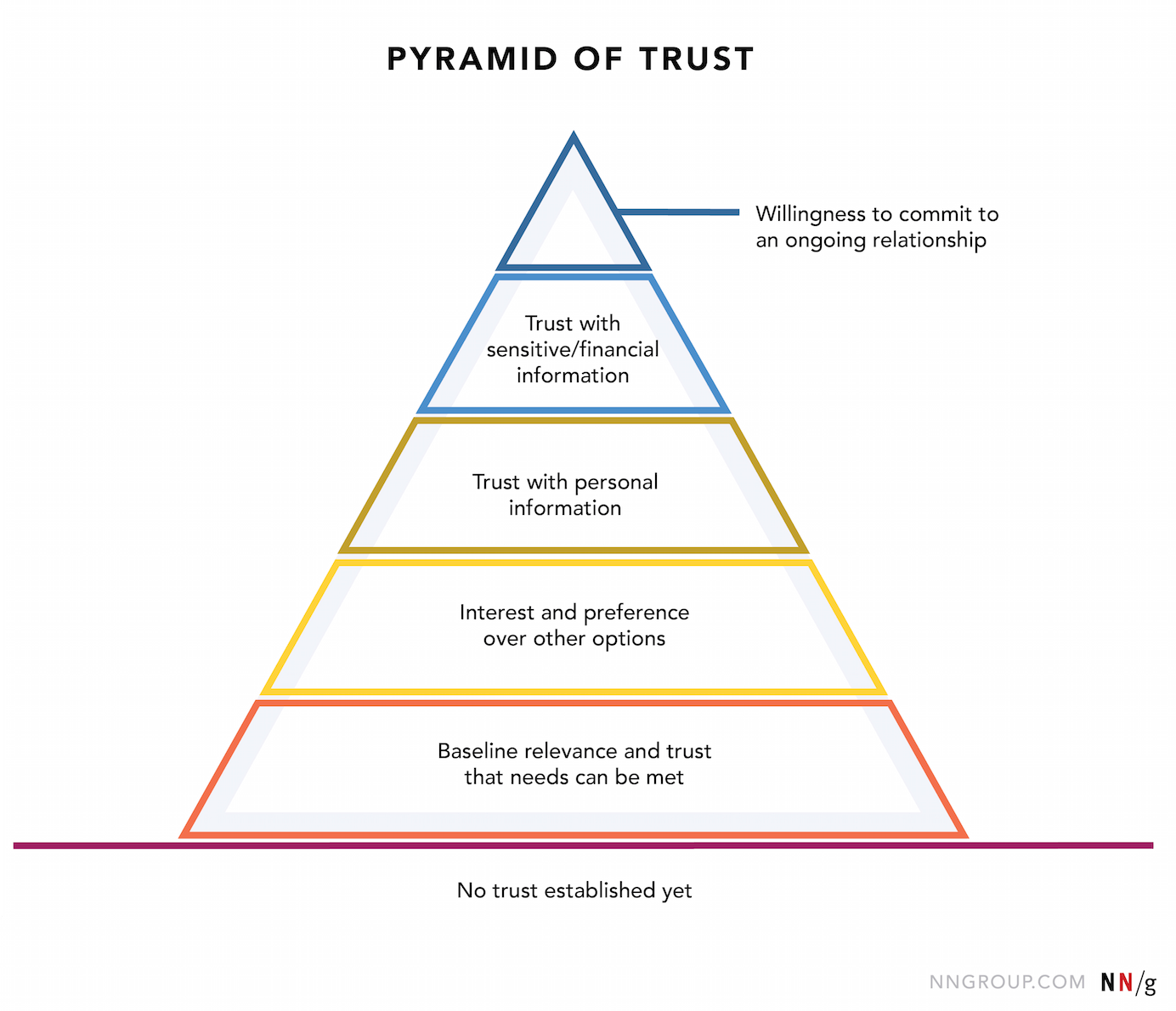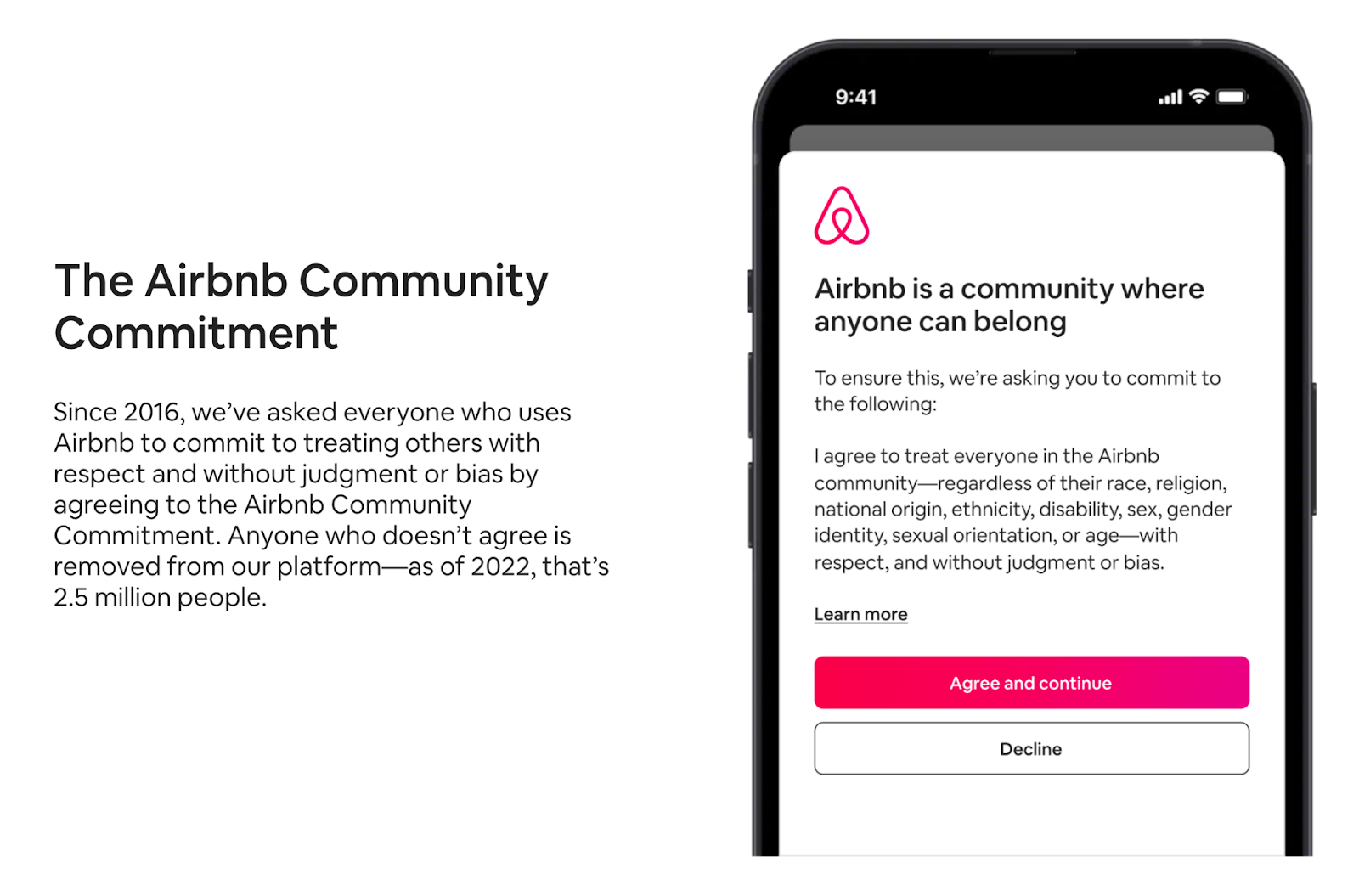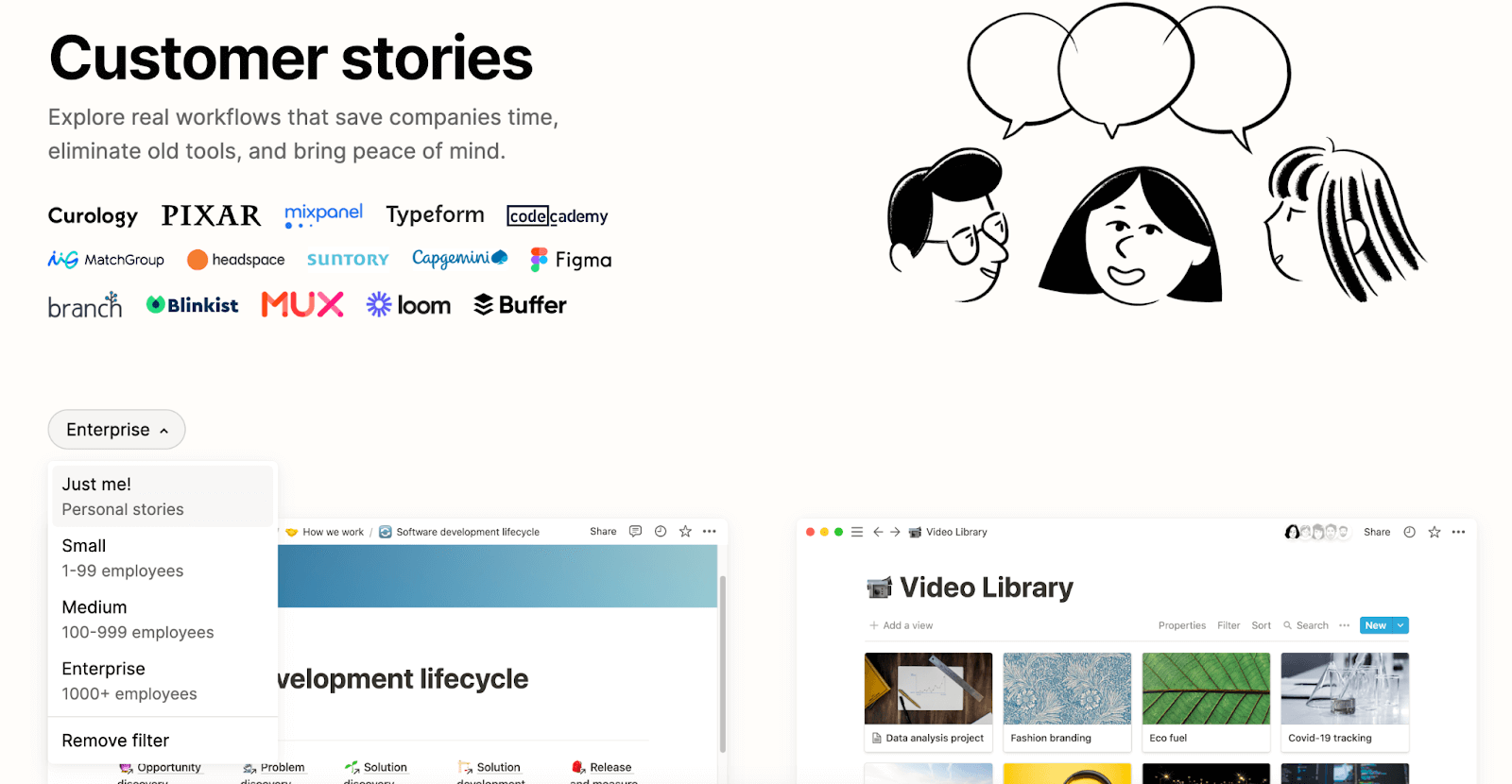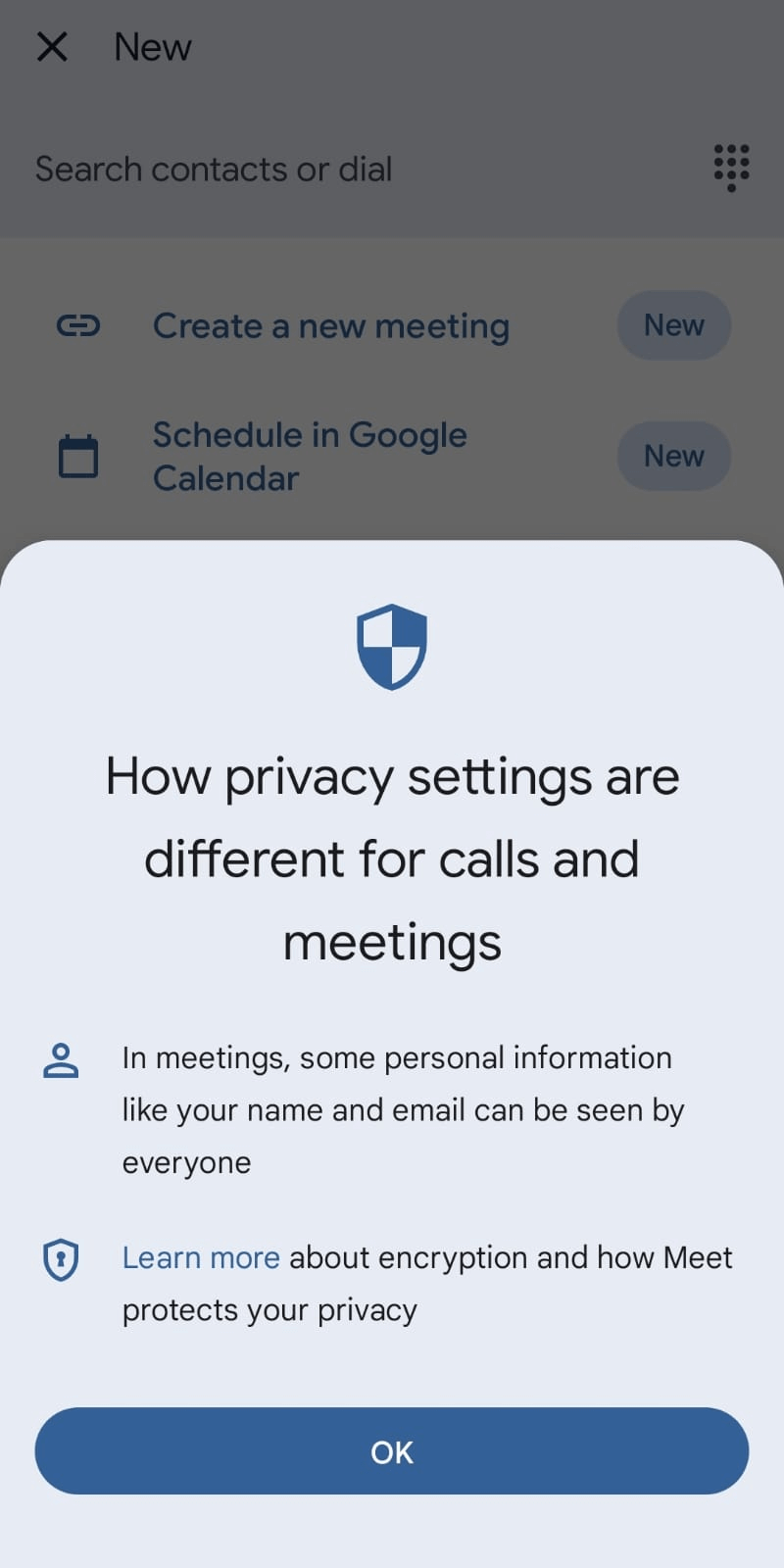Contents
Fundamentally, trust is something that you either have or do not have. Building trust is a complex process that takes time and grows from a dynamic relationship between two parties. Trust is, therefore, relational and involves communication. As a brand or company, design plays a fundamental role in building trust. It is through design that we communicate with our users, either in proper words or with visual clues.
Why is trust important?
Trust is a crucial factor for a business to grow. Unless your company is bringing great innovation to the market, there are likely to be multiple competitors offering similar products or services. Additionally, society is paying more attention to a brand’s reputation. Given all that, reliable brands are more likely to differentiate themselves and earn customer loyalty.
If your value proposition involves disrupting mental models and challenging the status quo, trust plays an even more significant role. Mobile payment systems are a good example of this. Trust heavily influences their adoption as these systems store users’ financial information so that people can pay through mobile devices instead of the usual cash or card.

How to build trust through UX design?
When it comes to digital products, people form their first impression within 0.05 seconds or less once they “meet” the designs. With this in mind, how can we build trust through UX design? How can we make users feel safe regarding products and services? How can we leverage this relationship to meet business goals?
1. Know your audience
First of all, don’t underestimate the power of user research to understand your audience. What are their pain points? What are their goals? How do they get to your product? Why did they choose your product?
Only by knowing your users can you speak their language and create a bond with them. By doing this, you can continuously improve your product, create more value, and positively impact their lives. By showing that you care about your customers, you create opportunities not only for acquisition but also for retention over time.
Moreover, knowing your audience enables you to engage with them on their preferred platforms. Depending on your target audience, your marketing campaigns could be more effective if they focus on specific platforms. For instance, Generation Z uses TikTok as their main search engine to look for products and businesses, as well as to ask questions and find explanations for what things mean.
2. What you bring to the relationship
Establishing trust with people begins with your core values and mission. People can easily tell when something is fake or dishonest. You need to provide real value, properly communicate it, and stand up for it. According to the pyramid and levels of trust, trust is built over time. Before the baseline level of trust, users will ask themselves whether your product will help them achieve their goals and whether you have their best interests at heart.

Make it easy for users to find the answer to these questions. Have a clear statement about what you believe in and how your product or service is worth their time and money. As the NN group state, people are naturally skeptical, so don’t underestimate the need to communicate your values. As Airbnb’s CEO says, society should feel you serve them and their needs.
Airbnb’s mission, for example, is to make people feel like they belong anywhere they want to. After receiving reports of discrimination on their platform, Airbnb created Project Lighthouse with initiatives to mitigate it. The aim was to show that their users can trust them to stand up for them while committing to their values.

Building a trustworthy relationship with your customers is crucial since their engagement is important for your business to make money and grow. However, it is equally important to put the same level of effort into building trust internally. Do your stakeholders, employees, and anyone taking part in keeping your company alive truly believe in what you bring to society? Do you leverage trustworthy relationships internally? When you build trust internally, you increase employee engagement in your company’s mission and long-term goals. This culture of trust leads to innovation and improves the company’s reputation, as happier and more motivated employees tend to provide better service.
Last but not least, consider the impact of your product on its users. Are they engaging with your platform in a healthy way? Instead of trying to hook them, think about the potential mental health effects your platform can cause and how to ensure they are positive. Streaks on gamification apps, for example, can lead to self-punishment over time, which is not the way to build a healthy and long-lasting relationship.
3. Transparency is key
According to IDF, acting with integrity and honesty at the core of your service is part of the trust formula. A 2019 study by Sprout Social found that 73% of US consumers are willing to pay more for products that are fully transparent.
In a previous project about an e-commerce website, our team experimented with ways to increase trust and transparency. We created a prototype that gave users detailed information about the post-order process.
We were concerned about long delivery times and wondered if users would have a negative perception of the product if they knew how long they’d have to wait for their order. One of the main findings was that users appreciated the transparency and were more likely to trust the company.
Being transparent is no rocket science: be clear about your processes and what users can expect from them. E-commerce is a good example of how transparency can help manage expectations, especially when offline processes are also involved. By keeping users updated about the status of their order, they feel reassured that you are doing everything possible to get their package to them.
However, mistakes can always happen. In that case, transparency becomes even more important. Instead of making excuses, be proactive and inform your customers about the cause of the problem and what you are doing to resolve it.
Social proof, especially reviews, is no exception to the transparency principle. The majority of consumers read online reviews and trust them as personal recommendations. Relying on these tools is beneficial as long as it conveys what people truly think about your product. Customers can easily read unbiased comments on third-party websites or social media, which will be detrimental to their decision-making process, especially in the early stages of trust.

Also, in an era being taken over by AI and machine learning, it can be difficult to distinguish between what is human and what is created by a computer.
For example, chatbots can help answer users’ questions, but they have limitations when it comes to solving certain problems. In that case, a study published in the Journal of Service Management shows that users appreciate knowing it is actually a bot failing to assist them. Needless to say, you should also offer them the proper means of solving the problem.
Most importantly, explain what you take from users in exchange for what you offer. If you need any specific data so you can get your products or services to them, clearly state why and how you will use it. If you make money out of the data you collect, users should be aware of this before giving their consent.
The General Data Protection Regulations (GDPR) in the EU states that consent for data collection and processing should be “freely given, specific, informed and unambiguous”. Compliance with GDPR is an opportunity to build trust. With data breaches being a concerning reality, designing with transparency in mind can be a game changer to make users feel that your platform is a safe space.
4. Empower your users
Ensure user autonomy by encouraging users to make their own decisions. Default settings can be misleading, so proactively ask users about their preferences. Allow them to opt in, rather than users having to look for ways of opting out of the default settings.
In addition to that, those decisions should be communicated in a clear and transparent manner. Most of the time, users are not aware of the inherent consequences of their actions on your website. If you prompt users to make a decision without informing them properly about the consequences, you might create a place of vulnerability.
Especially when it comes to collecting and processing data, don’t assume that your users are GDPR experts. They are not reading the thousands of privacy policies they’re exposed to every day. Therefore, inform them in different touchpoints and as contextually as possible to ensure they fully understand their rights and how their data is being used.

On the other hand, be sure to take advantage of data collection policies.
With users’ consent, you can gather plenty of relevant and legitimate data on how you can improve your product. By implementing changes based on the data you collect, you can provide users with more value and strengthen the trust you’re working to build.
5. Don’t forget the basic design principles
It goes without saying that you should avoid deceptive patterns at all costs and keep accessibility and inclusivity in mind when designing user experiences. You will definitely have a hard time building trust if going in the opposite direction. Only when you design for everyone can you aim at getting everyone’s trust.
Moreover, as building trust relies heavily on communication, UX writing plays an essential role. Communication should be clear and effective, and you should avoid sending spam messages, emails, or notifications to your users. Instead, provide actual value in your communications. If you create content, such as blogs or social media posts, make sure what you share is relevant and up-to-date.
Good communication is also important when providing feedback to users regarding their actions on your platform. Validation, including error messages, should be clear and constructive. Avoid using technical language that users may not understand, and make sure to guide them toward success.
When it comes to tone of voice, consistency is key. Guidelines, such as Mailchimp’s can help ensure that every content writer is on the same page. The visual design also needs to be consistent, and an updated design system can help you achieve that. If your website presents different, unrelated visual elements from one page to another, it may not look like a legitimate page and create security concerns for users.
Take Spotify, for example. We’re all pretty used to its dark background. How would you feel if you opened the app and suddenly one of your playlists had a white background? You would probably be confused. This doesn’t mean that Spotify couldn’t change its background in a rebranding. This just means that such big changes need to be carefully introduced because users might need reassurance.
Lastly, keep in mind existing mental models. People have a pre-established understanding of how certain things work (for example, that a close button is supposed to close things). Don’t try to be so different that you risk leaving your users confused and frustrated. Users should not feel trapped during any process. Make sure to provide clear navigation and call to actions that match existing patterns.
Final thoughts
Building trust is a long process that requires constant effort and goes beyond basic design principles. Investing time and effort to gain users’ trust and increase and maintain it over time is critical for any business to succeed. The more trust a company has from existing users, the more likely it is to gain the trust of potential ones.
On top of that, trust is multi-dimensional – multiple factors can determine whether a product or service can be trusted. As UX designers, we can help build trust in various ways, such as: advocating for user research to inform design decisions, communicating effectively with users, ensuring that digital products have a positive impact, enhancing transparency, empowering users to make their own decisions, ensuring consistency, and keeping in mind basic design principles and established design patterns.
Searching for the right UX agency?
UX studio has successfully worked with over 250 companies worldwide.
Is there anything we can do for you at this moment? Get in touch with us, and let’s discuss your current challenges.
Our experts would be happy to assist with the UX strategy, product and user research, or UX/UI design.




